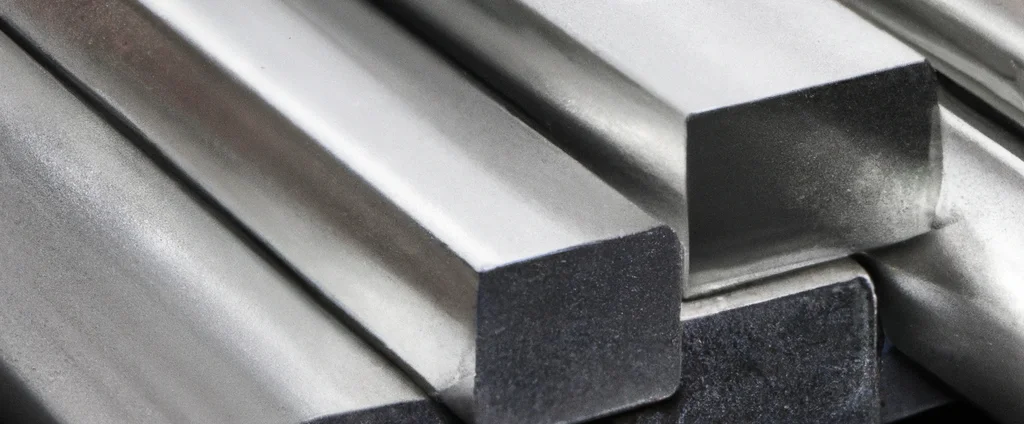Aluminum Alloy 6065 (UNS A96065)

Aluminum 6065 is a heat-treatable Al-Mg-Si alloy renowned for its optimal balance of high strength, excellent corrosion resistance, and superior machinability. Its unique combination of magnesium-silicon strengthening makes it ideal for precision components in aerospace, automotive, and architectural applications.
| Chemical Composition | ||
|---|---|---|
| Element | Min | Max |
| Aluminum | 94.4% | 98.15% |
| Bismuth | 0.5% | 1.5% |
| Chromium | —— | 0.15% |
| Copper | 0.15% | 0.4% |
| Iron | —— | 0.7% |
| Lead | —— | 0.05% |
| Magnesium | 0.8% | 1.2% |
| Manganese | —— | 0.15% |
| Silicon | 0.4% | 0.8% |
| Titanium | —— | 0.1% |
| Zinc | —— | 0.25% |
| Zirconium | —— | 0.15% |
| Residuals | —— | 0.15% |
The following table provides a list of aluminum 6065 properties in both SI and US customary/Imperial units.
Click on the button to switch between Metric and Imperial units.
| Physical Properties | Metric |
|---|---|
| Density | 2700 kg/m3 |
| Mechanical Properties | Metric |
| Tensile Strength | 310 - 400 MPa |
| Yield Strength | 270 - 380 MPa |
| Shear Strength | 190 - 230 MPa |
| Young’s Modulus (E) | 68 GPa |
| Shear Modulus (G) | 26 GPa |
| Elongation at Break | 4 - 12% |
| Poisson’s Ratio (ν) | 0.33 |
| Thermal Properties | Metric |
| Melting Point | 590 - 640 °C |
| Thermal Conductivity | 170 W/m·K |
| Specific Heat Capacity (Cp) | 890 J/kg·K |
| Coefficient of Thermal Expansion (αL) | 2.3×10-5 1/°C |
| Electrical Properties | Metric |
| Electrical Conductivity | 2.5×107 S/m |
The values in this table are approximate and can vary depending on various factors such as the specific manufacturing process and heat treatment applied to the alloy.
Advantages & Disadvantages of Aluminum 6065
| Advantages | Disadvantages |
|---|---|
| Lightweight | High cost |
| Good strength-to-weight ratio | Limited heat resistance |
| Excellent formability | |
| Corrosion resistance |
Applications of Aluminum 6065
Aluminum 6065 excels in demanding applications where strength, weight savings, and corrosion resistance are critical, including:
- Automotive Industry: Used for components such as chassis parts, engine brackets, suspension components, and body panels. Its lightweight nature helps reduce the overall weight of vehicles, improving fuel efficiency and performance.
- Aerospace Industry: Utilized for structural components, including aircraft fuselages, wings, and landing gear. Its combination of strength, formability, and corrosion resistance makes it suitable for demanding aerospace applications.
- Construction and Architecture: Employed in window frames, door frames, curtain walls, and structural support systems. Its lightweight nature, corrosion resistance, and ability to be easily formed into complex shapes make it a preferred choice.
- Industrial Equipment: Used in the manufacturing of industrial equipment such as machinery frames, conveyor systems, and support structures. Its strength-to-weight ratio and corrosion resistance make it suitable for withstanding heavy loads and harsh operating conditions.
- Electrical Applications: Utilized in applications where its conductivity and lightweight properties are beneficial, including electrical transmission lines, power distribution systems, heat sinks, and electrical enclosures.
- Marine Industry: Employed for boat hulls, decks, and other structural components. Its corrosion resistance to saltwater environments and lightweight properties make it a popular choice.
- Sports and Recreation: Used in the manufacturing of sporting goods and recreational equipment, including bicycles, golf clubs, fishing reels, camping equipment, and other outdoor gear due to its lightweight nature and durability.
